
Internorm's legendary innovation and engineering plus the knowledge and experience of one of Internorm's elite 'Gold Level' 1st Window Partners is an irrisistable combination

Internorm's legendary innovation and engineering plus the knowledge and experience of one of Internorm's elite 'Gold Level' 1st Window Partners is an irrisistable combination

 About Passivhaus - What is is and how to achieve it
About Passivhaus - What is is and how to achieve itPassive house (also known as Passivhaus) is a building standard originating in Germany which enables buildings to use ultra low amounts of energy for heating and cooling. Typically, a Passive House uses just 10% of the energy used by an ordinary house. A Passive House is so well insulated and has so little heat-loss that the heat produced by the occupants and electrical appliances, plus the sun, can build up enough to provide most of the energy required to keep the building warm. Maximum gain is made from the natural warmth of the sun, whilst shading and other techniques can be used to keep the building cool in the summer. The building is made to be completely airtight and instead uses sophisticated Mechanical Ventilation and Heat Recovery (MVHR) systems to provide constant fresh air, creating a comfortable and healthy atmosphere and preventing condensation — without losing heat.
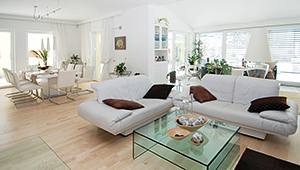
 In order to achieve the standards, the components that make up the "thermal envelope" — walls, roof and floor — need average U-values of 0.15W/m²K or better, depending on the shape (form) of the building — less efficient building forms require higher performing thermal envelopes to achieve the standard. Passivhaus buildings are virtually free of thermal bridges. This means psi values of less than 0.01W/mK. In new builds this is achievable with careful design (though this means it is often not practical for renovated properties). Windows need overall Uw-values of 0.80W/m²K or less (0.85W/m²K installed), along with other characteristics, such as low psi-value spacers, good frame U-values, h. Equally, the installation needs to include full air-tightness.
In order to achieve the standards, the components that make up the "thermal envelope" — walls, roof and floor — need average U-values of 0.15W/m²K or better, depending on the shape (form) of the building — less efficient building forms require higher performing thermal envelopes to achieve the standard. Passivhaus buildings are virtually free of thermal bridges. This means psi values of less than 0.01W/mK. In new builds this is achievable with careful design (though this means it is often not practical for renovated properties). Windows need overall Uw-values of 0.80W/m²K or less (0.85W/m²K installed), along with other characteristics, such as low psi-value spacers, good frame U-values, h. Equally, the installation needs to include full air-tightness.
Passive House isn't just about using little energy: the home needs to be comfortable temperature for the occupants plus plenty of fresh air.
The comfortable temperature inside the house includes the surfaces of walls, windows and doors, etc. The Passivhaus Standard requires high-performance windows and doors so that the frames and the glass never feel cold to touch or be near. This also has the benefit of eliminating condensation, which can lead to mould growth and associated health risks.
A passive house should be free from internal draughts. Draughts are not just caused by poor sealing or ventilation, they can be also caused by changes in temperature within the building and in different parts of the building, and from cold walls or windows. A passive house should also be a quiet environment, insulated from extraneous outside noise.
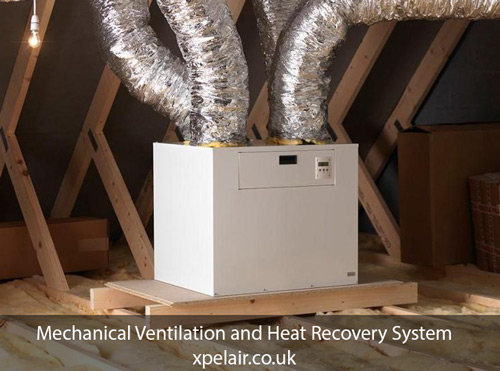 Plentiful clean, fresh air is a key aspect of passive house. In most cases, this involves a Mechanical Ventilation with Heat Recovery system(MHVR). This kind of system means that any warmth (or coolness) in the air that is being expelled is transferred to the new fresh air coming in. So whatever the weather outside, you will always have fresh air circulating at a comfortable temperature. Of course, you an still open windows and doors whenever you want - but you don't need to do this to provide fresh air.
Plentiful clean, fresh air is a key aspect of passive house. In most cases, this involves a Mechanical Ventilation with Heat Recovery system(MHVR). This kind of system means that any warmth (or coolness) in the air that is being expelled is transferred to the new fresh air coming in. So whatever the weather outside, you will always have fresh air circulating at a comfortable temperature. Of course, you an still open windows and doors whenever you want - but you don't need to do this to provide fresh air.
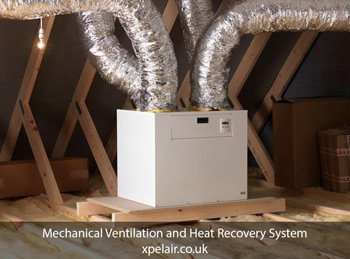
Efficient use of solar heat and shading are also important to maintaining a comfortable temperature all year round. For new buildings, the design can take into consideration the angle of the sun; for example, an 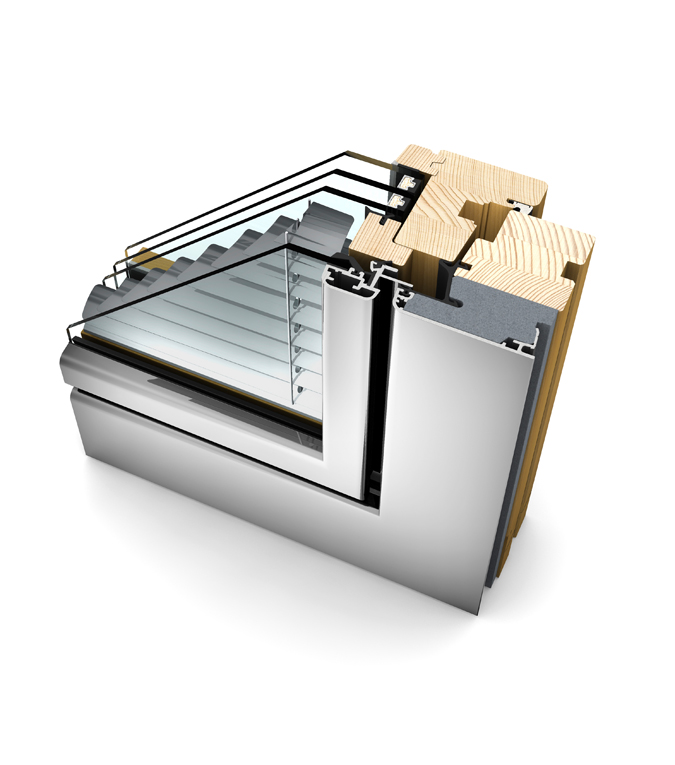 overhang can be used so that athough a window is in direct sunlight when the sun is low in the winter (to absorb solar heat), it is in shade when sun is high in the summer.
overhang can be used so that athough a window is in direct sunlight when the sun is low in the winter (to absorb solar heat), it is in shade when sun is high in the summer.
Blinds and shutters can also be incorporated. For example, Internorm windows are available with blinds integrated into the glass, but on the outside of the main triple-glazed glass unit so that solar energy is blocked from the outside.
Passive House products are unique and highly technical, and as such should only be installed by people fully trained in Passive House installation. Our installations teams at Spectrum are Passive House trained, and also have extensive experience in Passive House installation.
High performance passive house windows are an essential part of the standard. The requirement for Passive House is that the windows must have a Uw value of not more than 0.8 W/(m²K). The Uw value reflects the level of heat-loss in the glass, spacers, frame and in the connection between the frame and the wall.There is often a need for energy control systems such as solar glass, and sun shading devices to achieve maximum benefit.
If you are creating a certified passive house building, then certified windows and doors are required. However, many buildings are made to passive house specification but not required to be certified.
All our Internorm window and ranges can be specified to Passive House standard, including extra-large windows and sliding doors. We also supply Solarlux Passivhaus bifolding doors.
Should you require certified passive house components, a number of Internorm windows are certified by the independent Institut IFT Rosenheim
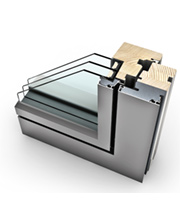
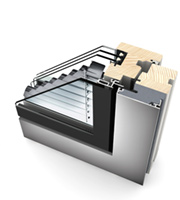
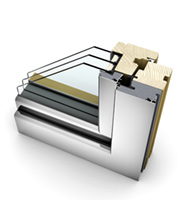
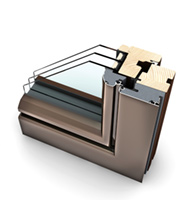
![]()
Internorm Passive House Certified Windows
Available in the Studio, Home Pure, Home Soft and Ambiente styles.
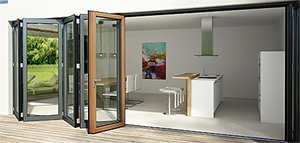 Passive House Bifolding Doors
Passive House Bifolding DoorsThe Solarlux SL97 bifold doors can be specified to passive house standard and is suitable for passive house buildings. The SL97 is timber with aluminium cladding on the exterior, with a varied choice of timber and colours/finishes.
RAICO Therm+ Curtain Walling is available to passive house standard.